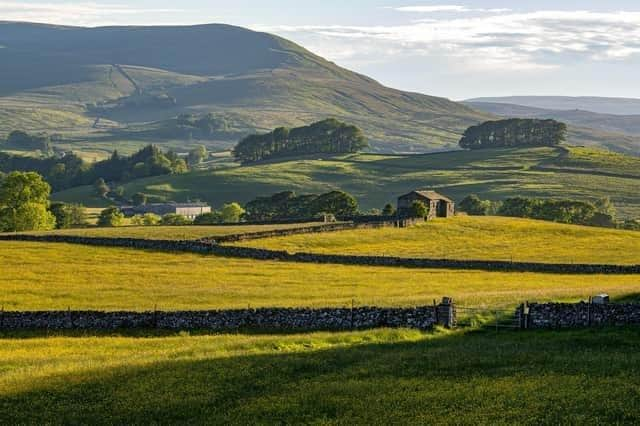Yorkshire Dales residents produce higher greenhouse gas emissions according to study
However, it found with the introduction of a series of carbon-cutting actions the national park could be among the country’s first areas to achieve net zero emissions, in as little as 11 years’ time.
The Lancaster University-based Small World Consulting report, which was commissioned to provide a comprehensive review of the greenhousegas footprint of each national park, found emissions per resident are roughly 15 per cent above the UK average.
Advertisement
Hide AdAdvertisement
Hide AdThe study, which experts say has proved “illuminating” as it is based on a consumption rather than production-based approach, states the Yorkshire Dales footprint is also “on the higher side among all national parks and areas of outstanding natural beauty”.


The researchers said the higher emissions reflected both the dispersed population, with emissions from driving being 42 per cent higher than the UK average and the aged housing stock, with emissions from domestic heating being 15 per cent higher than national average.
Emissions created by visitors, including travel to and from the park, and farming practices are broadly equal to the emissions created by residents.
The report also underlines the scale of the changes needed in the national park to support the UK hitting its net zero target by 2050, with which it says would lead to the national park reaching net zero by 2033 and then becoming a growing carbon sink to offset emissions in other parts of the country.
Advertisement
Hide AdAdvertisement
Hide AdThe study includes targets for reducing energy use by residents, visitors and industry, cutting volumes of food, drink and other goods consumed by residents and visitors, reducing visitor travel to and from the national park, and changing land use, to cut production of gases such as methane.
The report also highlights the relative importance of the national park as a potential source of nature-based solutions, such as sequestering carbon through new woodland, restoring peatland and better-managed soils.
In a report to the meeting, the park authority’s director of conservation, Gary Smith, said understanding the sources and scale of emissions from different sectors was critical to taking cost-effective action.
He said the authority would not “seek to control the lifestyle of residents” or determine how visitors choose to travel to the national park.
Advertisement
Hide AdAdvertisement
Hide AdMr Smith wrote: “However, the report does provide some helpful indicators of priorities for action by our constituent local authorities and others to support local communities that want to take action, including supporting behaviour change and the shift to a low-carbon lifestyle.
“The Small World Consulting report provides a wealth of information, illuminating some important sources of emisisons that are not normally visible in local emisisons accounting.
“Whilst most of these sources lie outwith the authority’s statutory remit, the report provides valuable context to help inform the setting of climate change objectives in the next national park management plan.”